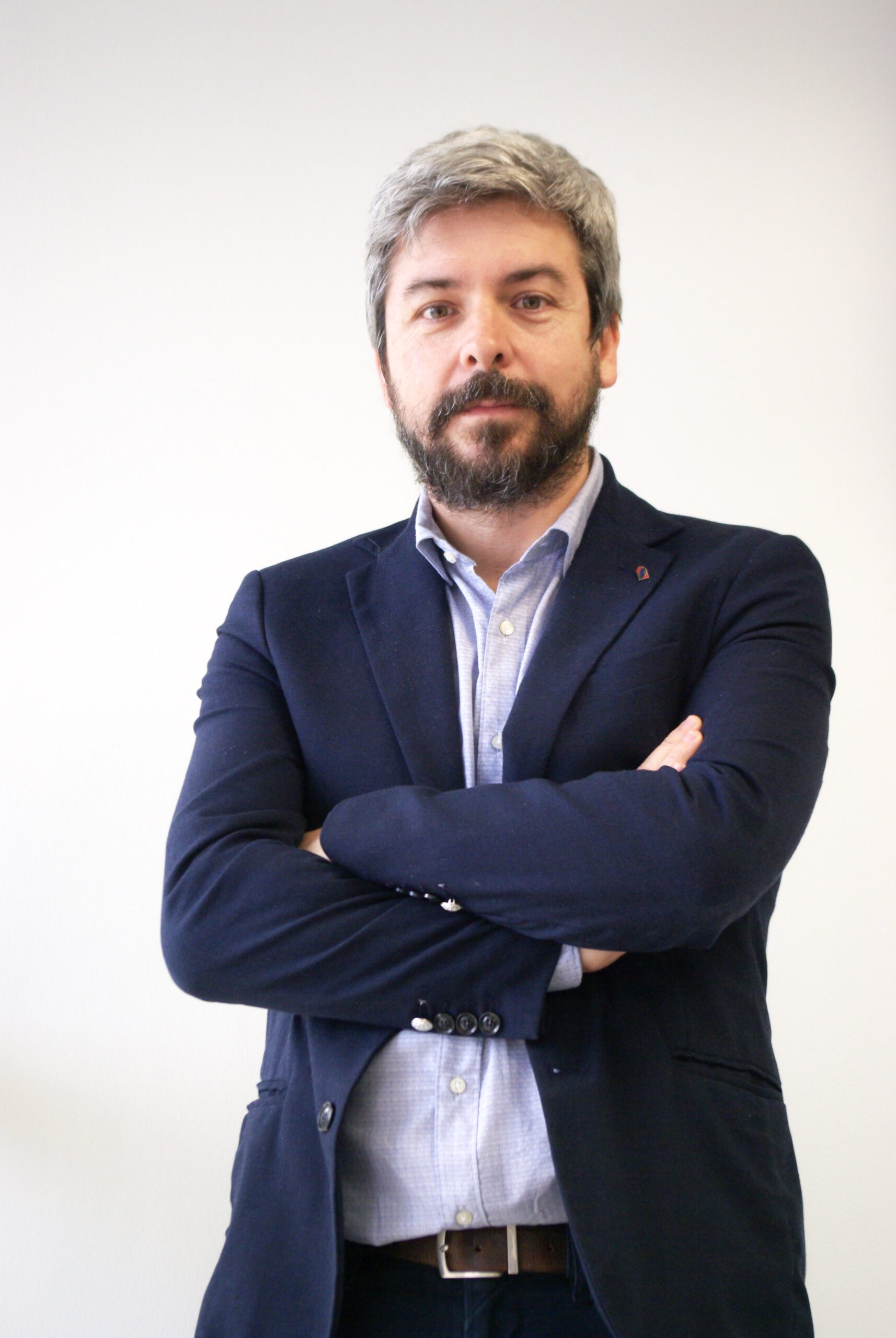
The term biophilia describes the idea of humans inherently possessing a tendency to connect with nature. Initially used by psychoanalyst Erich Fromm, in recent years biophilia has infiltrated the world of architecture and design.
According to 2011 documentary ‘Biophilic Design: The Architecture of Life’ produced by Tamarack Media biophilic design is a new way of designing the spaces “where we live, work, and learn”. By using this approach, design firms such as Pininfarina want to bring elements of nature into their models, to reconnect humans with the natural world.
Paolo Trevisan, head of design at Pininfarina of America, explains why biophilia will be increasingly used in airport design post-Covid-19.
IGM: What is biophilic design and why is it important in airport spaces?
PT: Biophilic design is an approach to design that seeks to connect patrons within a space more closely to nature. This notion has been an area of focus for many years, however, the pandemic has only enhanced the importance because we anticipate that travellers will be concerned with air quality.
There will likely be a need for filtered, purified air throughout the entire space. We have already been seeing this, but there will be a greater implementation of trees and greenery within airports –– which can be managed and maintained by automated watering systems that are currently available.
How well do you really know your competitors?
Access the most comprehensive Company Profiles on the market, powered by GlobalData. Save hours of research. Gain competitive edge.

Thank you!
Your download email will arrive shortly
Not ready to buy yet? Download a free sample
We are confident about the unique quality of our Company Profiles. However, we want you to make the most beneficial decision for your business, so we offer a free sample that you can download by submitting the below form
By GlobalDataThe increased demand across the board for biophilic design and airports are no different. We envision a greater emphasis on this within airports in the future, rooting both design and infrastructure in nature-based elements. An example of this is the tulip-shaped control tower Pininfarina designed for the Istanbul Airport, which brings an organic touch to the overall landscape –– the contours of which are incorporated into the interiors in a way that helps to support wellbeing and enhance the overall experience.
We are implementing biophilic elements within our designs to enhance the experience at the human-scale and support wellbeing. Adding these elements to spaces brings many benefits. It helps improve air quality, reduce stress, improve cognitive function, and enhance one’s mood — all of which in turn boosts our health and wellbeing.
Not only are we incorporating more elements of biophilia, but also enhanced lighting, scents, and higher quality materials. Focusing on the five senses is essential to ensure health and wellness for all.
Ilaria Grasso Macola (IGM): Why is it necessary to redesign space with airports?
PT: The future of airport lounges was already in the process of changing and evolving.
The biggest shift we’re seeing is in the purpose or meaning of an airport lounge. While still a place of luxury, lounges must now serve as a safe space for travellers moving forward. Airport lounge design must focus on quality and the wellbeing of travellers.
Driven by the philosophy that good design can support good health, our team seeks to incorporate the five senses — sight, smell, touch, taste and sound — into airport lounges to create moments of healing and tranquillity for the mind, body, and spirit.
IGM: What does your human-centred approach consist of?
PT: The pandemic has accelerated the change of many things, but it has not disrupted our human need to interact and socialise. The key to designing a welcoming space is to always consider the human experience first. This approach is rooted in a keen focus on the five senses, and how we can use design to engage them.
Examples of this include enhanced lighting, scents and higher quality materials. By prioritising how humans interact with one another and with the spaces around them, we can create zones that evoke certain responses.
Colours, lighting, scents, and materials are used to encourage certain behaviours, emotions, and feelings. Leveraging these elements, we can transform a simple airport lounge into a calming oasis with lighter more airy colours, or a fast-paced environment with more vibrant colours and materials.
IGM: In practice, what new elements will you bring to lounges? How will they make passengers feel more confident?
PT: The emphasis on reimagined lounges should be on creating a curated experience. There was certainly a demand for higher quality, more engaging lounges previously, but we feel that the pandemic will really accelerate this phenomenon.
We anticipate that this may also encourage new and different kinds of experiences within the airport lounge –– moving beyond this idea that they are designed for VIP travellers, airport lounges might also evolve to accommodate different activities or retail opportunities that were not available previously.
With the help of new technology, which we use thoughtfully, airport lounges can also be optimized to offer cleanliness, better air quality, and temperature control. These values are increasingly important, as we anticipate that travellers will spend more time in these types of areas moving forward.
IGM: Airports are increasingly using touch-free points. What kind of role will they play in a post-Covid world?
PT: Touch-free points have been an area of focus for many years, however, the pandemic has only enhanced the importance of limiting the spread of germs.
When designing a space it is vital to create a place that is easy to clean. We must consider the fabrics, materials and furniture that we want to include within these high touch point places and how we can design the elements in order to be easy to clean.




